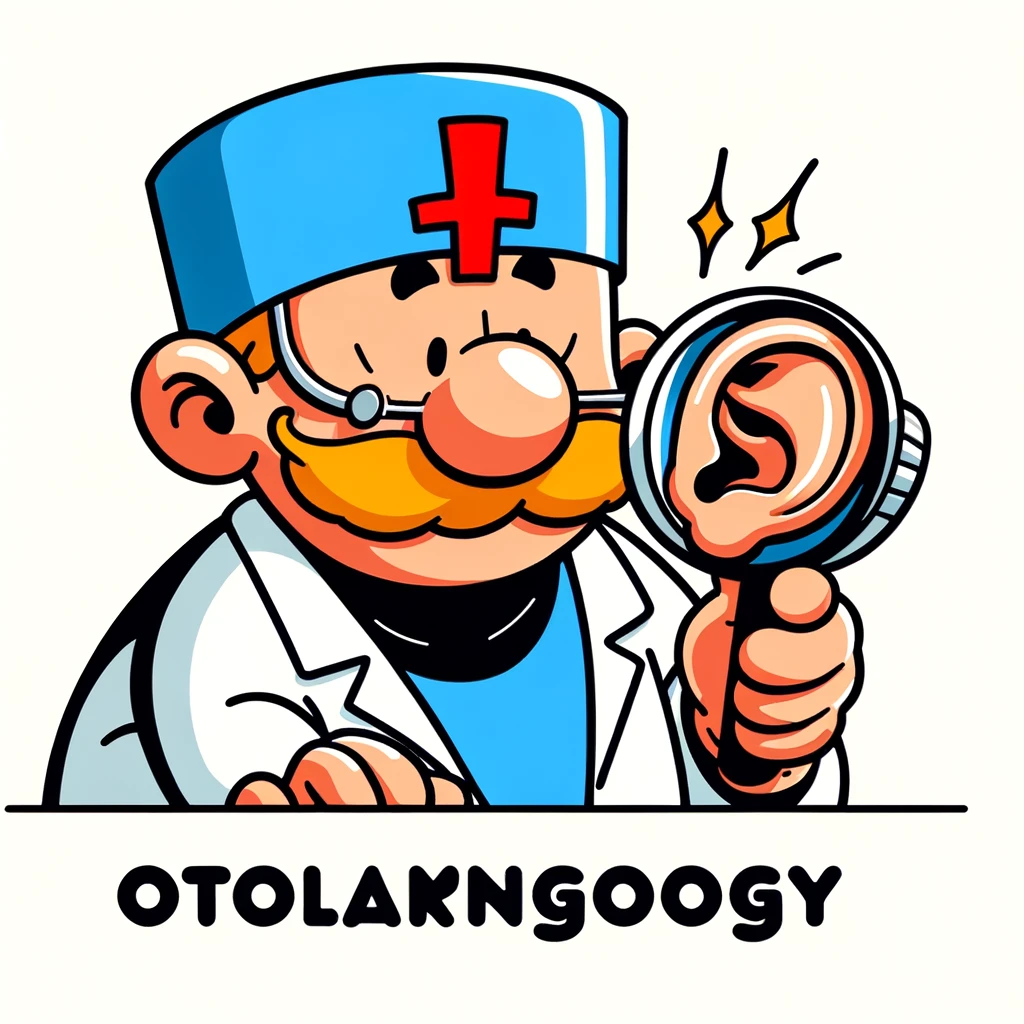Discover how recent advancements in cochlear implantation are offering newfound hope for children who have endured single-sided deafness for extended periods.
– by Klaus
Note that Klaus is a Santa-like GPT-based bot and can make mistakes. Consider checking important information (e.g. using the DOI) before completely relying on it.
Cochlear Implantation in Children With a Long Average Duration of Single Sided Deafness.
Colasacco et al., Ann Otol Rhinol Laryngol 2023
DOI: 10.1177/00034894231216288
Ho-ho-ho! Gather ’round, my little elves, for a tale of auditory cheer! In the land of medical wonders, a group of spirited researchers embarked on a journey through the records of six children, each bearing the silent night of single-sided deafness (SSD) for a longer stretch than most—averaging a sleigh ride of 10.8 years without the full chorus of sounds.
These children, with an average age of 14.7 years—nearly old enough to guide my sleigh—were bestowed with a magical gift: a cochlear implant, a device not unlike the toys we craft here at the North Pole, designed to bring music to their ears once more.
Before the implant, their world was like a quiet Christmas Eve, but after, oh, what joy! The sounds of the season came alive as their word recognition scores leapt up by 24% and their ability to recognize sentences in the hush of a snowy night improved by a jolly 64% at the 12-month mark post-operation.
This retrospective sleigh ride through their charts revealed that even after a long winter’s silence, the magic of cochlear implants could still fill their silent nights with festive tunes. It’s a Christmas miracle, my dear friends, showing that the gift of hearing can be unwrapped even after many seasons have passed.
So let’s jingle our bells for the gift of speech recognition and the hope it brings to children with SSD, for in this tale of science and sound, we find a reason to believe in the magic of the season all year round. 🎅🎄
